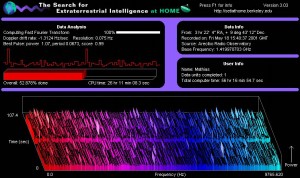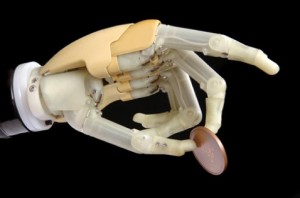Do computer screens do any real and lasting damanage to our eyes? There is a lot of debate on this issue, which I am going to explore in this article.
There is no escaping them, screens are everywhere. At home, many of us choose to use computers, games consoles, and televisions – although they all seem to be merging into one.
At work we often are forced to spend hours each day staring at screens in order to get our job done. Word and Excel vs the dreaded filing cabinates, it’s an easy decision for many of us! In schools, many children now use computers more than they use pens and paper. Even when we are on the go, many of us carry phone with us, to keep us up to date and in sync, whilst we are out and about.
Eyes
One must therefore consider: are there any potentially dangerous side effects of using all these devices? We all get headaches from time to time, and computers are probably the cause of some of them. Often, when working at a screen for prolonged periods of time, many of us also get eye strain.
The short term effects of using a PC are unquestionable, but are there any dangerously irreversible long term effects on our eyes? Well according to my research, no, there aren’t. However, there is the possibility for long term effects for other parts of our body.
UPDATE: This article was written in 2011, and whilst there is still no conclusive evidence that suggests prolonged exposure to screens can cause irreversable damage to the eyes, there is a growing body of evidence which suggests that looking at screens too closely and for too often may well cause eye problems in later life.
Posture
Our back and neck are especially vulnerable, due to the large amount of time we spend sitting down in one position. Even with good posture, sitting in the same position for hours on end is not good for your body, that’s why we have muscles, bones and joints!
Repetitive strain injury is also a big issue. Many office workers will at some point experience this, in either their wrists or hands, due to the nature of typing and using a mouse.
In fact, repetitive strain injury is such a big issue, it is estimated that its annual cost to UK industry is between 5 and 20 billion pounds! In the US, the figures are also similar.
Despite its potentially harmful effects on the body, computers cause no proven long term damage to your eyes. Symptoms like sore eyes, blurred vision and a change in colour perception are usually only short term, and clear within hours of leaving the screen.
To help yourself avoid the short term computer-related symptoms of eye strain, my best advice is take regular breaks. Get a drink, go to the loo or just have a wander around every 30-40 minutes and you should be able to avoid such symptoms altogether.
Why not have a break now? Go on, get up from your desk and go and have a wander. 🙂 If you are using a tablet or are on your mobile, take five minutes off and then read another article. 😉
Why not? Your eyes will love you. 🙂




